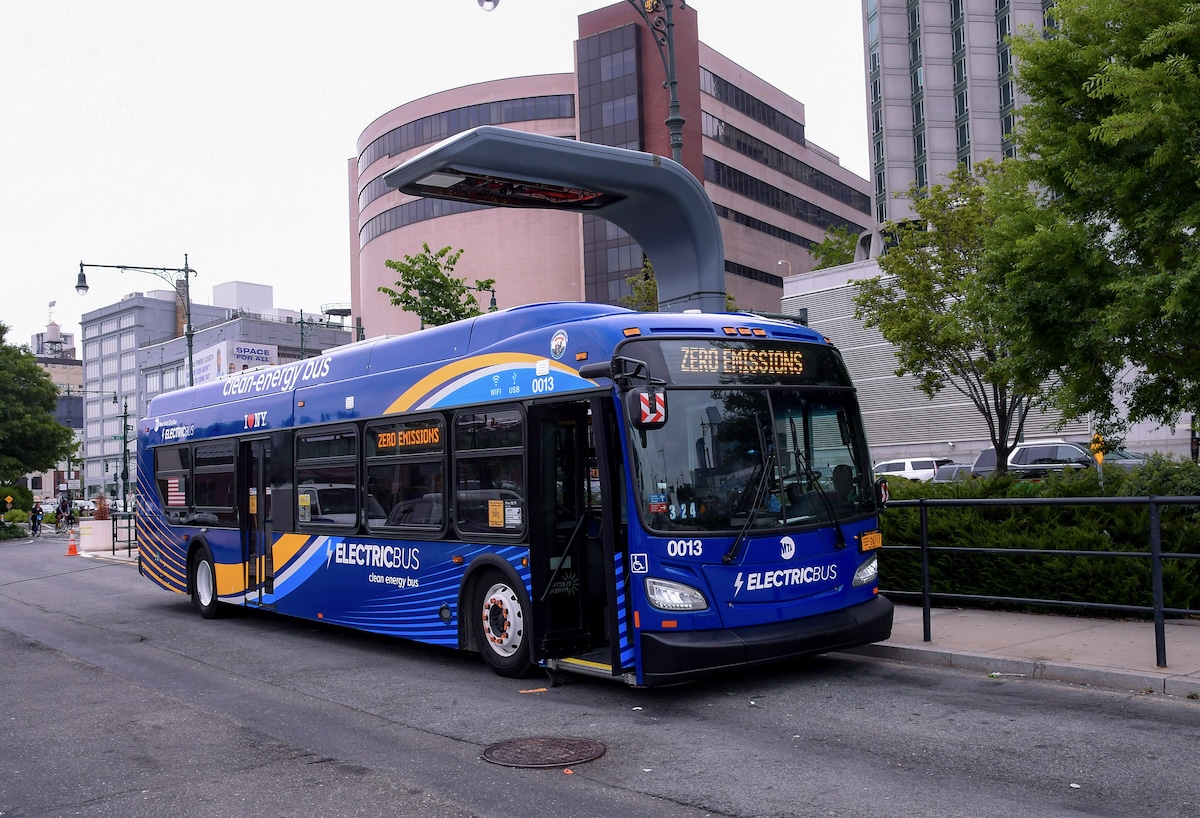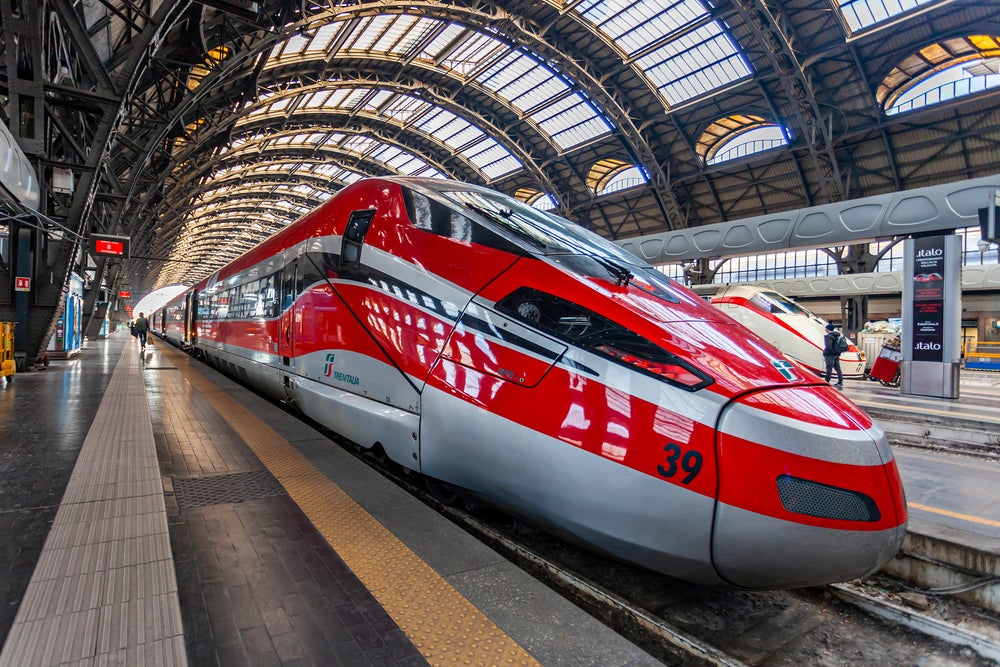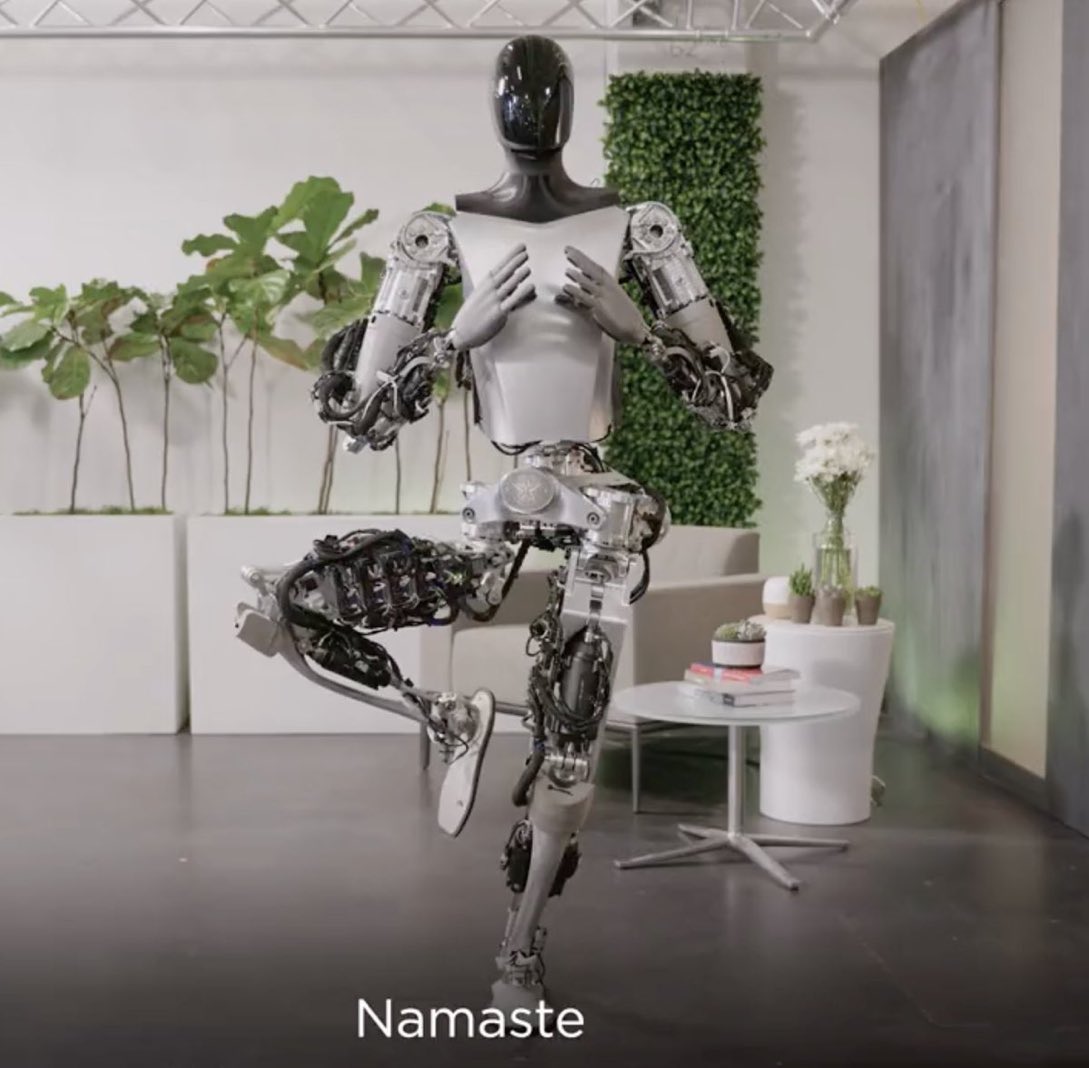Trump’s approval rating is down to 29% among independents. https://t.co/slDuvY4ZnX
— Andrew Yang🧢⬆️🇺🇸 (@AndrewYang) July 24, 2025
This is getting close to the logic of holocaust deniers who often point to the existence of survivors, escapees, the existence of Jewish partisans, the sporadic use of Jewish labor, and the fact that not all camps were used for extermination to cast doubt on genocidal intent pic.twitter.com/j5sYmsiXOB
— John Ganz (@lionel_trolling) July 24, 2025
Think about the timeline.
— Hashim Mteuzi, PMP (@Mteuzi) July 24, 2025
Before Trump was named:
"We’ll release the full list."
"Justice for the victims."
"The people deserve transparency."
After:
"There is no list. Case closed."
"Nothing credible left to release."
"Move on. It's old news."
He's trying to bury the truth. pic.twitter.com/rLg4G28nMn
A Reorganized UN: Built From Ground Up
The Drum Report: Markets, Tariffs, and the Man in the Basement (novel)
World War III Is Unnecessary
Grounded Greatness: The Case For Smart Surface Transit In Future Cities
The Garden Of Last Debates (novel)
Deported (novel)
Empty Country (novel)
Trump’s Default: The Mist Of Empire (novel)
The 20% Growth Revolution: Nepal’s Path to Prosperity Through Kalkiism
Rethinking Trade: A Blueprint for a Just and Thriving Global Economy
The $500 Billion Pivot: How the India-US Alliance Can Reshape Global Trade
Trump’s Trade War
Peace For Taiwan Is Possible
Formula For Peace In Ukraine
A 2T Cut
Are We Frozen in Time?: Tech Progress, Social Stagnation
The Last Age of War, The First Age of Peace: Lord Kalki, Prophecies, and the Path to Global Redemption
AOC 2028: : The Future of American Progressivism
“Would the cost of tariffs at some point be passed down to consumers?” - Fox News
— Spencer Hakimian (@SpencerHakimian) July 24, 2025
“These famous experts who say we are going to get inflation, where is it? It's nowhere.” - Lutnick
Have you gone shopping for food lately?
pic.twitter.com/4bNeer2TiA
Paramount and Skydance’s roughly $8 billion deal is officially cleared to close after months of delay from Trump’s FCC – and after the company finalized a $16 million settlement with the president over ‘60 Minutes.’ https://t.co/2U0w3cQ3IX
— New York Magazine (@NYMag) July 24, 2025
Read now: https://t.co/xBW1UGqaiY
— Zeteo (@zeteo_news) July 24, 2025
Trump: Japan gave us $550 billion upfront. We get 90%, and they get 10%. It’s not a loan or anything. It’s a “Signing bonus,” I call it
— Republicans against Trump (@RpsAgainstTrump) July 24, 2025
WUTpic.twitter.com/LzhiEpr4b1
WU-TANG FOREVER 👐🏽 pic.twitter.com/tEKXnSPmBp
— Zohran Kwame Mamdani (@ZohranKMamdani) July 24, 2025
Get just a taste of this “golden age”:
— Jessica Tarlov (@JessicaTarlov) July 24, 2025
GM profits down 35%.
Trump’s tariffs costing Stellantis hundreds of millions.
Beef prices highest since the '80s.
Trump’s approval hits a second-term low at 37%—only president beating him is himself from the first term. pic.twitter.com/gfgLmQMr16
A Reorganized UN: Built From Ground Up
The Drum Report: Markets, Tariffs, and the Man in the Basement (novel)
World War III Is Unnecessary
Grounded Greatness: The Case For Smart Surface Transit In Future Cities
The Garden Of Last Debates (novel)
Deported (novel)
Empty Country (novel)
Trump’s Default: The Mist Of Empire (novel)
The 20% Growth Revolution: Nepal’s Path to Prosperity Through Kalkiism
Rethinking Trade: A Blueprint for a Just and Thriving Global Economy
The $500 Billion Pivot: How the India-US Alliance Can Reshape Global Trade
Trump’s Trade War
Peace For Taiwan Is Possible
Formula For Peace In Ukraine
A 2T Cut
Are We Frozen in Time?: Tech Progress, Social Stagnation
The Last Age of War, The First Age of Peace: Lord Kalki, Prophecies, and the Path to Global Redemption
AOC 2028: : The Future of American Progressivism
🤣🤣🤣 WATCH a super frustrated Powell live fact-check Trump’s epic “gotcha” fail when he reveals a FAKE inflated estimate for the cost of Fed renovations: pic.twitter.com/ovbDlHQ0Vd
— Morgan J. Freeman (@mjfree) July 24, 2025
🤣🤣🤣 WATCH a super frustrated Powell live fact-check Trump’s epic “gotcha” fail when he reveals a FAKE inflated estimate for the cost of Fed renovations: pic.twitter.com/ovbDlHQ0Vd
— Morgan J. Freeman (@mjfree) July 24, 2025
🤣🤣🤣 WATCH a super frustrated Powell live fact-check Trump’s epic “gotcha” fail when he reveals a FAKE inflated estimate for the cost of Fed renovations: pic.twitter.com/ovbDlHQ0Vd
— Morgan J. Freeman (@mjfree) July 24, 2025
A Reorganized UN: Built From Ground Up
The Drum Report: Markets, Tariffs, and the Man in the Basement (novel)
World War III Is Unnecessary
Grounded Greatness: The Case For Smart Surface Transit In Future Cities
The Garden Of Last Debates (novel)
Deported (novel)
Empty Country (novel)
Trump’s Default: The Mist Of Empire (novel)
The 20% Growth Revolution: Nepal’s Path to Prosperity Through Kalkiism
Rethinking Trade: A Blueprint for a Just and Thriving Global Economy
The $500 Billion Pivot: How the India-US Alliance Can Reshape Global Trade
Trump’s Trade War
Peace For Taiwan Is Possible
Formula For Peace In Ukraine
A 2T Cut
Are We Frozen in Time?: Tech Progress, Social Stagnation
The Last Age of War, The First Age of Peace: Lord Kalki, Prophecies, and the Path to Global Redemption
AOC 2028: : The Future of American Progressivism
A Reorganized UN: Built From Ground Up
The Drum Report: Markets, Tariffs, and the Man in the Basement (novel)
World War III Is Unnecessary
Grounded Greatness: The Case For Smart Surface Transit In Future Cities
The Garden Of Last Debates (novel)
Deported (novel)
Empty Country (novel)
Trump’s Default: The Mist Of Empire (novel)
The 20% Growth Revolution: Nepal’s Path to Prosperity Through Kalkiism
Rethinking Trade: A Blueprint for a Just and Thriving Global Economy
The $500 Billion Pivot: How the India-US Alliance Can Reshape Global Trade
Trump’s Trade War
Peace For Taiwan Is Possible
Formula For Peace In Ukraine
A 2T Cut
Are We Frozen in Time?: Tech Progress, Social Stagnation
The Last Age of War, The First Age of Peace: Lord Kalki, Prophecies, and the Path to Global Redemption
AOC 2028: : The Future of American Progressivism
A Reorganized UN: Built From Ground Up
The Drum Report: Markets, Tariffs, and the Man in the Basement (novel)
World War III Is Unnecessary
Grounded Greatness: The Case For Smart Surface Transit In Future Cities
The Garden Of Last Debates (novel)
Deported (novel)
Empty Country (novel)
Trump’s Default: The Mist Of Empire (novel)
The 20% Growth Revolution: Nepal’s Path to Prosperity Through Kalkiism
Rethinking Trade: A Blueprint for a Just and Thriving Global Economy
The $500 Billion Pivot: How the India-US Alliance Can Reshape Global Trade
Trump’s Trade War
Peace For Taiwan Is Possible
Formula For Peace In Ukraine
A 2T Cut
Are We Frozen in Time?: Tech Progress, Social Stagnation
The Last Age of War, The First Age of Peace: Lord Kalki, Prophecies, and the Path to Global Redemption
AOC 2028: : The Future of American Progressivism
A Reorganized UN: Built From Ground Up
The Drum Report: Markets, Tariffs, and the Man in the Basement (novel)
World War III Is Unnecessary
Grounded Greatness: The Case For Smart Surface Transit In Future Cities
The Garden Of Last Debates (novel)
Deported (novel)
Empty Country (novel)
Trump’s Default: The Mist Of Empire (novel)
The 20% Growth Revolution: Nepal’s Path to Prosperity Through Kalkiism
Rethinking Trade: A Blueprint for a Just and Thriving Global Economy
The $500 Billion Pivot: How the India-US Alliance Can Reshape Global Trade
Trump’s Trade War
Peace For Taiwan Is Possible
Formula For Peace In Ukraine
A 2T Cut
Are We Frozen in Time?: Tech Progress, Social Stagnation
The Last Age of War, The First Age of Peace: Lord Kalki, Prophecies, and the Path to Global Redemption
AOC 2028: : The Future of American Progressivism
A Reorganized UN: Built From Ground Up
The Drum Report: Markets, Tariffs, and the Man in the Basement (novel)
World War III Is Unnecessary
Grounded Greatness: The Case For Smart Surface Transit In Future Cities
The Garden Of Last Debates (novel)
Deported (novel)
Empty Country (novel)
Trump’s Default: The Mist Of Empire (novel)
The 20% Growth Revolution: Nepal’s Path to Prosperity Through Kalkiism
Rethinking Trade: A Blueprint for a Just and Thriving Global Economy
The $500 Billion Pivot: How the India-US Alliance Can Reshape Global Trade
Trump’s Trade War
Peace For Taiwan Is Possible
Formula For Peace In Ukraine
A 2T Cut
Are We Frozen in Time?: Tech Progress, Social Stagnation
The Last Age of War, The First Age of Peace: Lord Kalki, Prophecies, and the Path to Global Redemption
AOC 2028: : The Future of American Progressivism
A Reorganized UN: Built From Ground Up
The Drum Report: Markets, Tariffs, and the Man in the Basement (novel)
World War III Is Unnecessary
Grounded Greatness: The Case For Smart Surface Transit In Future Cities
The Garden Of Last Debates (novel)
Deported (novel)
Empty Country (novel)
Trump’s Default: The Mist Of Empire (novel)
The 20% Growth Revolution: Nepal’s Path to Prosperity Through Kalkiism
Rethinking Trade: A Blueprint for a Just and Thriving Global Economy
The $500 Billion Pivot: How the India-US Alliance Can Reshape Global Trade
Trump’s Trade War
Peace For Taiwan Is Possible
Formula For Peace In Ukraine
A 2T Cut
Are We Frozen in Time?: Tech Progress, Social Stagnation
The Last Age of War, The First Age of Peace: Lord Kalki, Prophecies, and the Path to Global Redemption
AOC 2028: : The Future of American Progressivism




.jpg/1200px-Tesla-optimus-bot-gen-2-scaled_(cropped).jpg)
